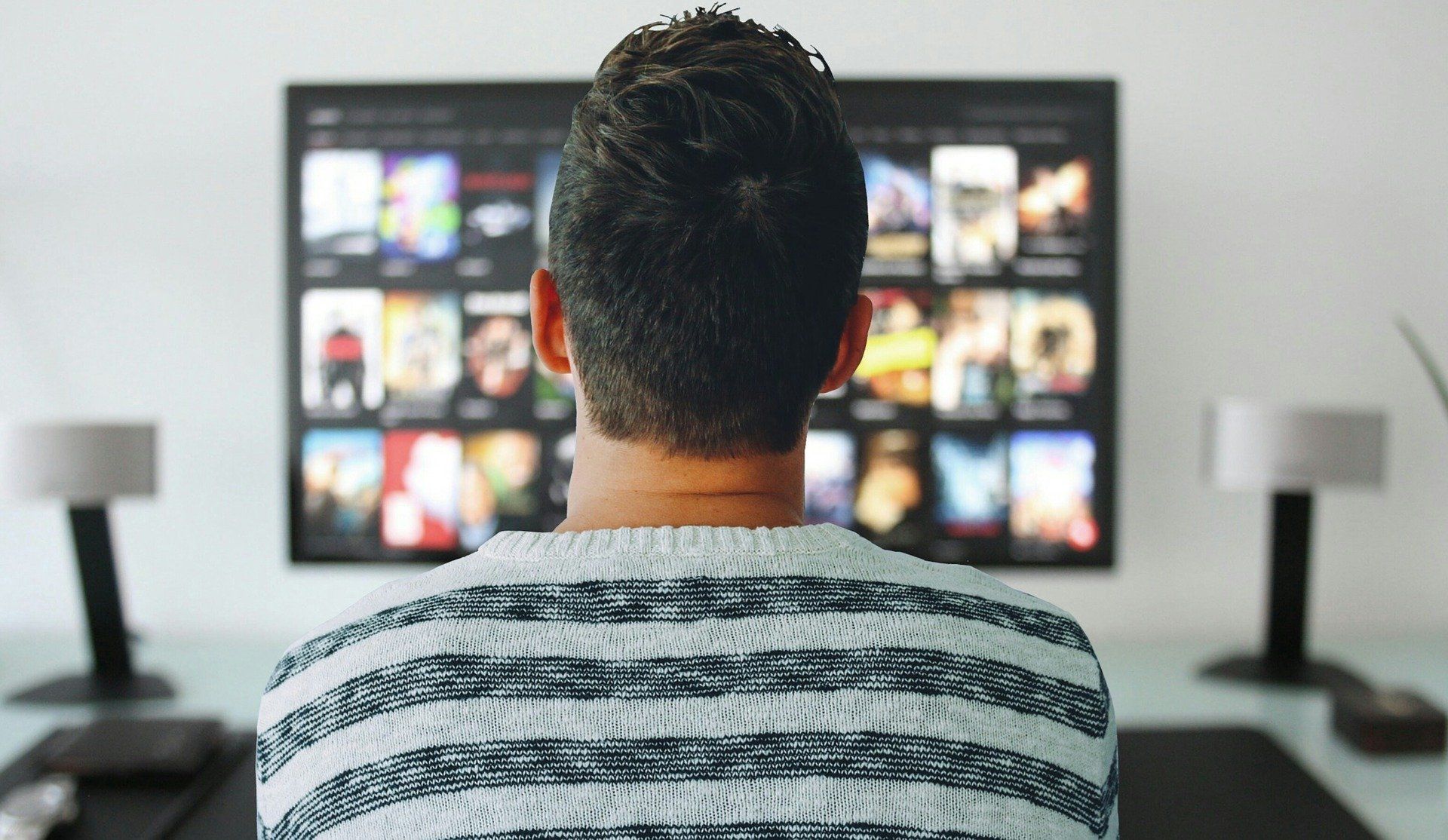Why marketing and advertising is now more important than ever

As an independent business owner, marketing and advertising
is usually the last thing you want to talk about. The hassle that
can arise when dealing with sales reps, the confusion of what’s
necessary vs. what is just the latest fad, or
having to deal with marketing decisions after dealing with employees, purchase
orders, billing, inventory and now this virus. It’s enough to make anyone throw
up their arms in frustration and say, “I give”.
But, let’s not be too hasty. For those of you who made it through the bust of 2008, you came out stronger than you went in. Businesses became leaner and developed innovative ways to make a profit and keep the doors open. With COVID-19, our normal way of doing business has been disrupted. However, if you look hard enough, this maybe an opportunity in disguise. No, it’s not rainbows and unicorns, but if you are able to adjust and develop new ways to conduct business, just like in 2008, the strong not only survive, but continue to get stronger.
People are still in need of services.
Our daily routines are now different. We get up and “commute” a few feet to the coffee maker, sitting down in front of a computer to start the day. With kids and pets in the background, we type away at our keyboards working from home. Because of all this time spent online, we are contributing to an ever-growing database of personal preferences, habits and behaviors each time we interact with our phone, computer or connected TV. We still need, groceries, plumbers, cleaning supplies, oil changes, dog groomers and with the extra time on our hands, we are open to researching businesses that offer curbside pickup, mobile services or delivery because of how our lives have been disrupted.
Where is your audience now?
Due to self-quarantine, social distancing and the new work from home policies mandated by many companies, your audience is now firmly planted in front of the TV, computer, tablet or phone. There is no more wasted time on commuting. Most business must be done over the phone or video conferencing. This type of forced isolation makes us seek out connections. Connections to friends and family, to the community we live in. When this captive audience looks for information or seeks escapism, they turn to a screen. Because of this viewership for TV is skyrocketing and the amount of people streaming content is higher than ever before. Your audience is never more than a few feet away from a screen with your potential message.
The Opportunity.
Increased viewership, increased streaming, and more time in front of screens are all opportunities. Never has there been a bigger pool of qualified customers consuming content. If your business can provide a “No-Touch” service, then you have a message to send. Marrying these new opportunities with technology allows for your businesses to identify consumers who are in need and in market for products and services. You have a captive audience that needs products and services, tell them you are open for business.
Contact Phase 3 today if you would like help finding the best opportunities for your business during this unprecedented time.










